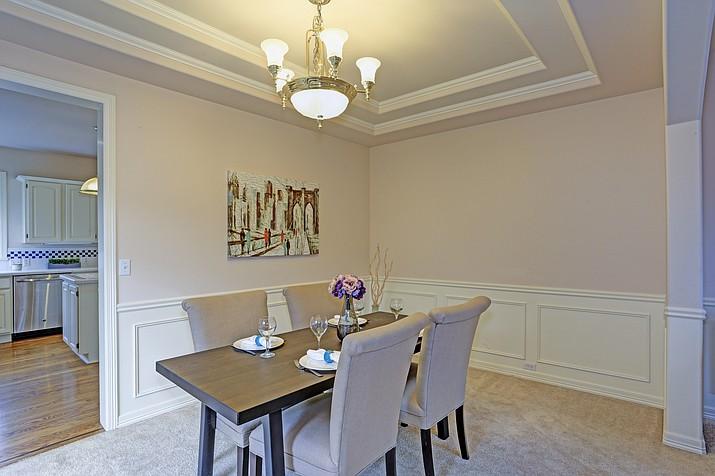
-
3K Views 0 Comments 0 Likes

A fresh coat of paint can change interior look of your home completely without much pain. This easiest and the most dramatic way of house renovations can do tremendous wonders, making old look new again, bringing life back or changing everything incredibly. Though it’s the most cost-effective and the fastest way of updating your interior, it’s not always the simplest, especially when it concerns painting your ceiling. Ceiling painting is strenuous, drip-prone and challenging task. Ceilings, however, have rather large effect on the overall ambience, outlook and lighting of your home. Discover here how to make your ceiling painting works go as smoothly as possible:
- If your walls are textured, consider calling a contractor for best results.
- Don’t use paint sprayer, paint with thick-nap roller, which provides you smooth coverage with much less splatter, bumps and bubbles, mess and wasted time.
- Don’t use scaffolds as it takes too much time to build up a room's worth or move around a smaller portion of scaffolding to follow your painting. Ladder provides you better access. Try a roller extension, choose the shortest possible to minimize the weight of the pole. Take care of your shoulders, arms and lower back not to get a strain on them. Only think that with a 17-foot roller extension and an 8-foot ceiling you collapse nearly ten feet of aluminum pole into the handle, creating additional weight for you.
- You may also need paint tray and liner, wall brush for covering edges, spackle and putty knife for holes, caulking and caulking gun for cracks in corners.
- Your ceiling requires applying the same number of coats as your walls. Don’t save paint on your ceiling. Devote an entire weekend to your ceiling painting works.
- Use flat white ceiling paint instead of unusual funky colours. White paint provides more light, infinite view and the feeling of more space. Besides, well-painted flat white is still the preferred finish for 99% of all ceilings; funky colours are good for accent walls.
- Painting ceiling is impossible without creating drips. So, prepare for drips, move your furniture, cover the flooring and other surfaces with thick drop cloths.
- To preserve an even finish, use painter's tape to mask the area around the trim and where the wall meets the ceiling.
- Use primer with stain-blocker that makes it possible to get by with one or two coats of paint instead of multiply number.

